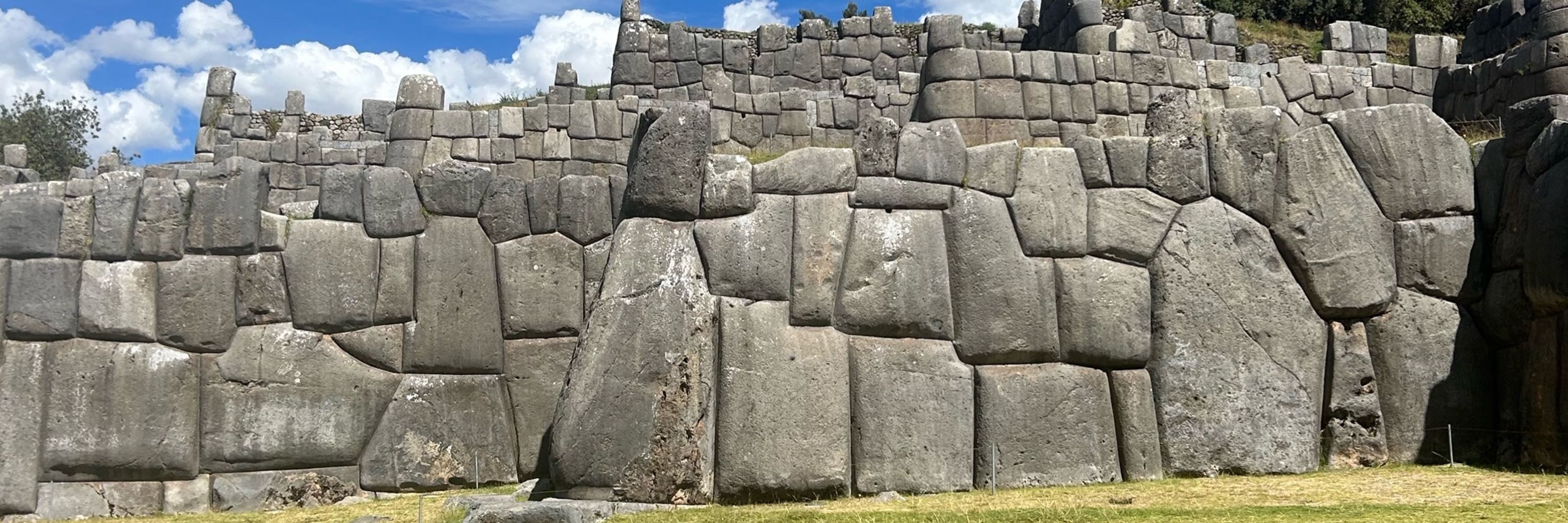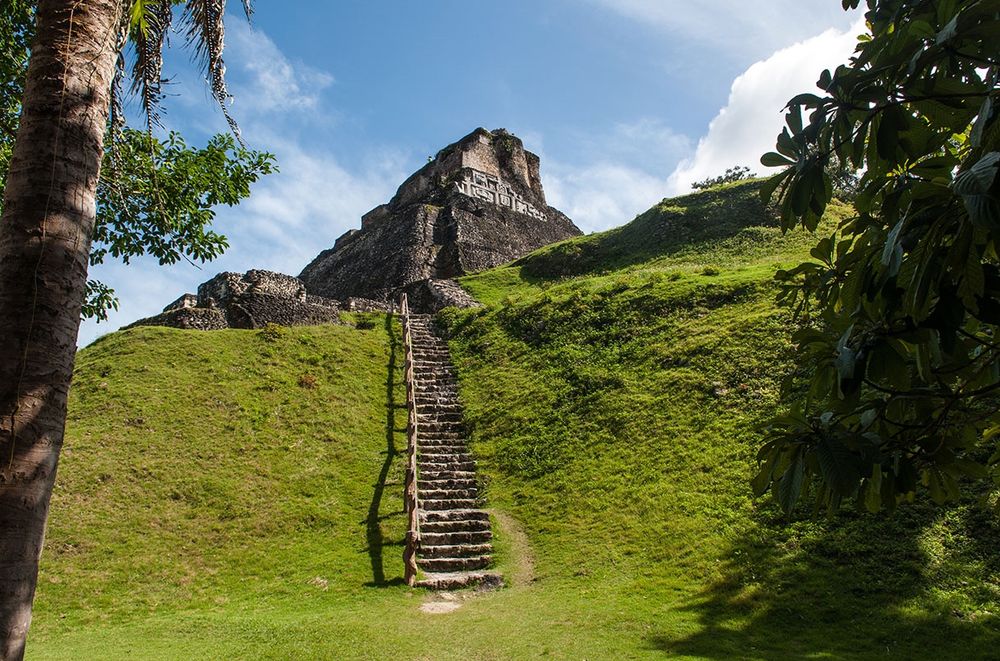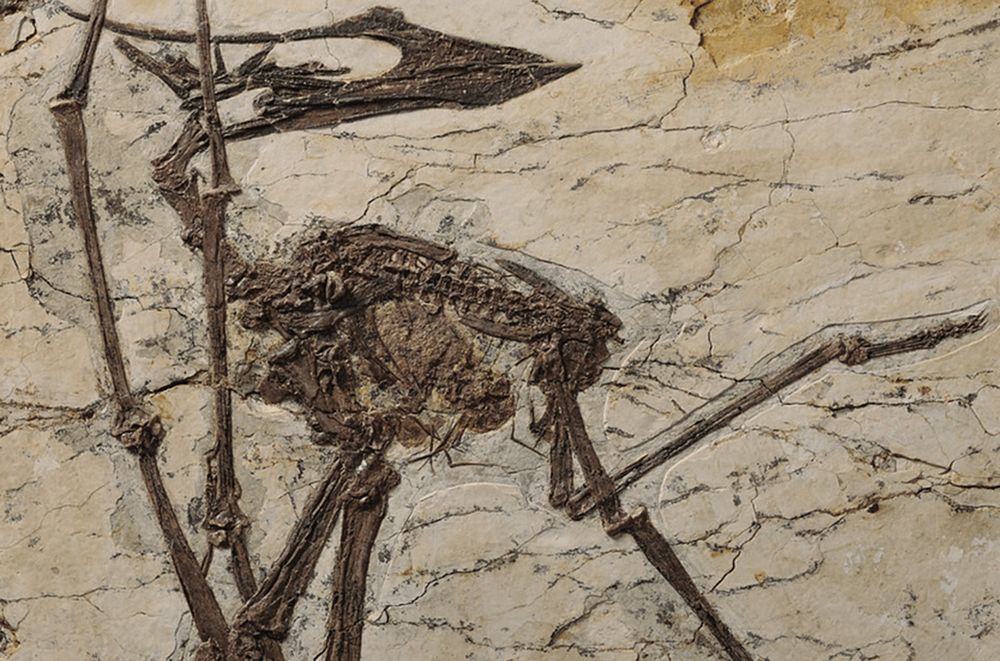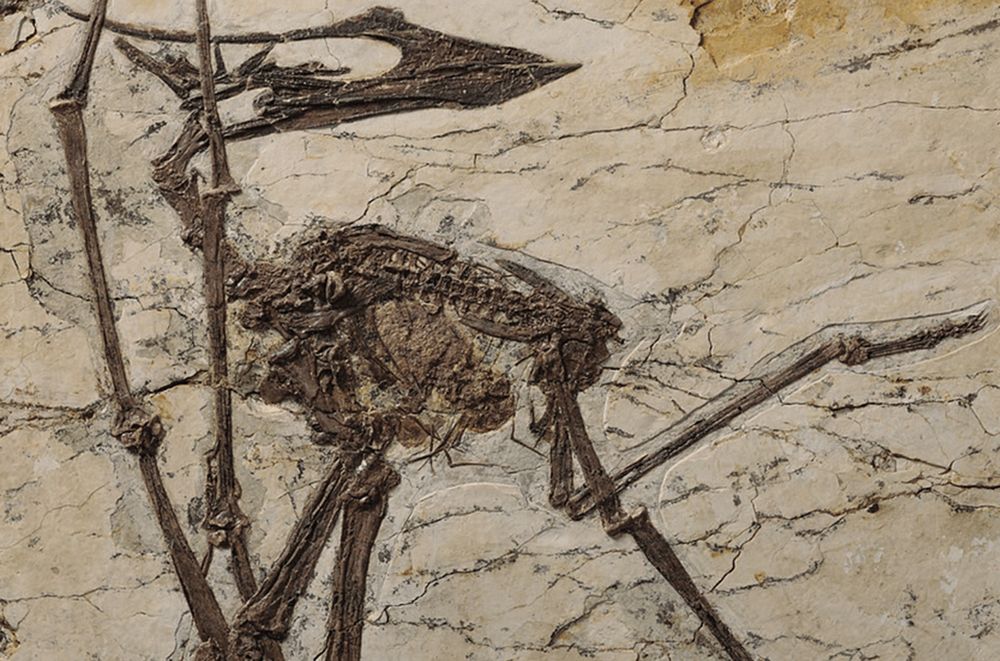Taylor Mitchell Brown
@tmitchellbrown.bsky.social
140 followers
40 following
76 posts
Science journalist covering archaeology, paleontology, and Earth science | Words for Science, New Scientist, Science News, and Live Science 🧪🏺
Posts
Media
Videos
Starter Packs
Reposted by Taylor Mitchell Brown
Reposted by Taylor Mitchell Brown
New Scientist
@newscientist.com
· Sep 4

Early penguins may have used dagger-like beaks to skewer prey
Four new species of aquatic birds related to modern penguins have been described from fossils found in New Zealand, showing how these creatures flourished around 60 million years ago
www.newscientist.com
Reposted by Taylor Mitchell Brown
Reposted by Taylor Mitchell Brown
Reposted by Taylor Mitchell Brown
New Scientist
@newscientist.com
· Jul 8

'Hybrid' skull may have been a child of Neanderthal and Homo sapiens
The skull of a 5-year-old girl who lived 140,000 years ago has similarities with modern Homo sapiens and Neanderthals, suggesting her parents might have belonged to different species
www.newscientist.com



















